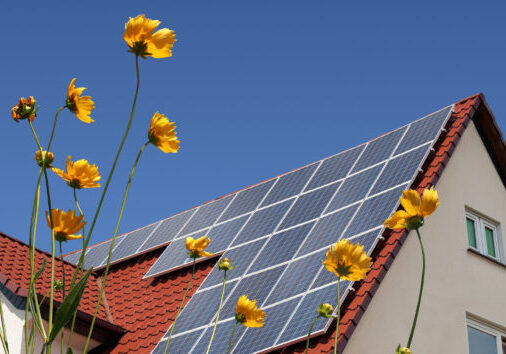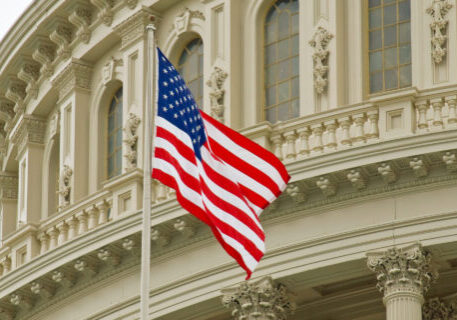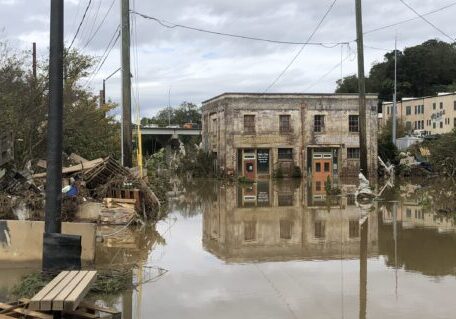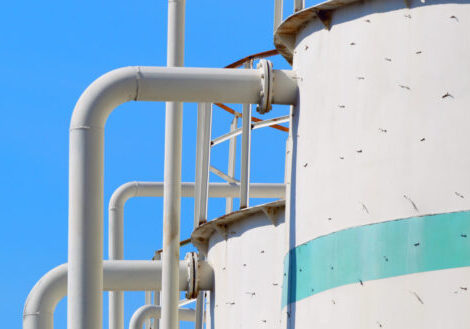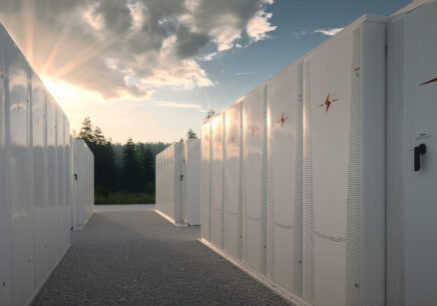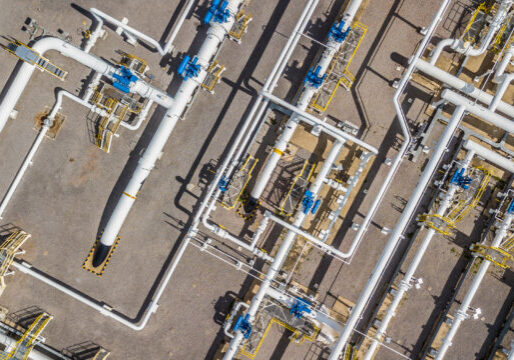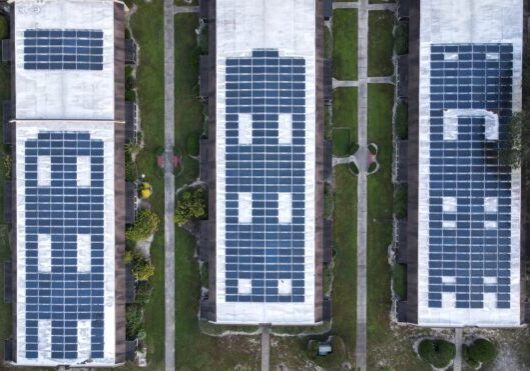September 18, 2025
Still Considering Solar and Storage? Run, Don’t Walk.
By Marriele Mango
In the six weeks between the release of the House of Representatives’ version of the “One Big Beautiful Bill Act” (OBBBA) and President Trump’s signing of the final legislation, a decade of progress towards achieving cleaner, more reliable energy infrastructure was reversed. The speed with which the bill passed, combined with the severity of changes to existing policy, resulted in legislative whiplash.
As the details and potential impact of the law continue to evolve, industry leaders and advocates are scrambling to calibrate the immediate and long-term implications. What is clear is that many of the clean energy federal tax credits made available through the Investment Tax Credit (ITC) are coming to an end.
The earliest to sunset are residential solar tax credits, with OBBBA mandating residential projects be completed by December 31, 2025, to be eligible for the ITC. For commercial facilities, which include businesses as well as nonprofit and community-serving facilities like health centers and institutions of faith, the 30% tax credit is sunsetting for solar on December 31, 2027. If a solar project begins construction by July 4, 2026, it remains eligible for the ITC as long as it is placed in service within four years. For projects smaller than 1.5 megawatts, to “begin construction” means the project must incur at least 5% of project costs. The full 30% ITC for battery storage – as well as applicable bonus credits, such as the 10% tax credit for projects located in an “energy community” – remains available for eligible commercial facilities until 2033. The Direct Pay provision of the ITC, which allows tax-exempt nonprofits to receive a payment equal to the full value of the ITC, is also still in place.
Additionally, the OBBBA includes a domestic manufacturing requirement. Starting January 1, 2026, all clean energy projects must abide by Foreign Entitles of Concern (FEOC) guidelines to qualify for a federal tax credit. Put simply, the FEOC mandates that the majority of components for a clean energy project be made in America. FEOC will be problematic as China still dominates solar and lithium-ion battery storage technology supply chains. Despite some progress, domestic clean energy manufacturing lags considerably behind, especially for battery storage.
A lack of comprehensive federal clean energy incentives, paired with complex guidelines and limitations on those that remain, could strike a serious blow to community-led and community-serving solar and storage project development. This is especially true for projects located in communities that have suffered years of disinvestment, including low-income communities, communities of color, and Native nations.
Through more than a decade of providing one-on-one technical support for community-led solar and battery storage, Clean Energy Group (CEG) has witnessed firsthand what community service providers can accomplish when provided adequate resources. For example, CEG worked with the Wisconsin Housing Preservation Corp (WHPC) to develop solar paired with battery storage at their Villa West property, a 170-unit multifamily affordable housing development for seniors and adults with disabilities in Green Bay, Wisconsin. Installed in 2024, the solar and storage system enables WHPC to keep critical building services running during an outage, such as power outlets to charge medical equipment and refrigeration for perishables and temperature-regulated medication. WHPC utilized Direct Pay to access federal tax credits, including a 10% low-income community bonus credit, which reduced project costs by approximately $250,000. WHPC has since installed solar at three additional affordable housing sites, with four more projects under development, all of which can benefit from the federal incentives through Direct Pay.
Without the ITC, WHPC and organizations like it face increased uncertainty in accessing the resources needed to develop community-led clean energy projects. Projects will face heightened economic challenges in many parts of the country, especially projects located in, owned by, or directly serving historically marginalized communities. The OBBBA offers no equivalent technology replacement for communities to turn to. Energy technologies championed by the Trump administration – nuclear, geothermal, and fossil fuels – do not provide the same community benefits and accessibility as distributed solar and storage.
Compared to other energy technologies, distributed solar and storage can be developed and deployed quickly, both for behind-the-meter systems serving residences and critical facilities as well as for front-of-the-meter utility-scale projects. These technologies can also strengthen the energy resilience of the grid during times of high demand as well as individual facilities and households during power outages. Resilience is key for a country that is increasingly feeling the consequences of an aging and outdated centralized grid.
Power outages have skyrocketed, both in frequency and duration, by a whopping 150 percent since 2015. The strategy to combat grid reliability issues, as outlined in the OBBBA, relies on extending the life of expensive, inefficient fossil fuel powered infrastructure and building new, big power plants, which will take years. This “solution” disregards public health, ignores economics (renewables and storage are more cost-effective), and ignores the fact that a centralized power system is more vulnerable to widespread disruptions.
Behind-the-meter solar and storage also differs from its fossil-fuel counterparts in that it can reduce utility bills, if not through an on-site installation than through a community solar subscription model. These savings are essential for the third of US households that report being unable to afford their utility bills. Over 30 million residents are managing their utility costs by sacrificing elsewhere, including cutting back on groceries, medicine, and the use of heating/cooling systems to maintain safe indoor temperatures.
What will happen to these households, and the millions more teetering on energy poverty, when their utility bills increase by up to $110 in the next year thanks to the OBBBA? They’ll skip more meals, stretch medications further, forgo air conditioning during heatwaves and heat during cold snaps. Others won’t be able to pay their bill, and their electricity will be shut off.
The future of energy resilience and energy security through the lens of the OBBBA is bleak, but it’s not hopeless. The ITC helped spur clean energy momentum in historically marginalized and disinvested communities. Community-based organizations and critical service providers, like WHPC, have built internal capacity and spearheaded innovative solar and battery storage projects that serve their communities. These projects are coming online in greater numbers, creating a blueprint for more communities to follow.
It’s important for community-serving organizations, in the face of so much uncertainty, to continue this momentum. Federal tax incentives for solar and battery storage projects still exist. While it’s ideal to develop solar with storage simultaneously, economic uncertainty may force organizations to prioritize a solar installation first and explore adding storage later, since the clock is ticking much quicker on solar tax incentives. The bottom line is don’t wait. Communities must act now to access federal tax credits before they disappear.








